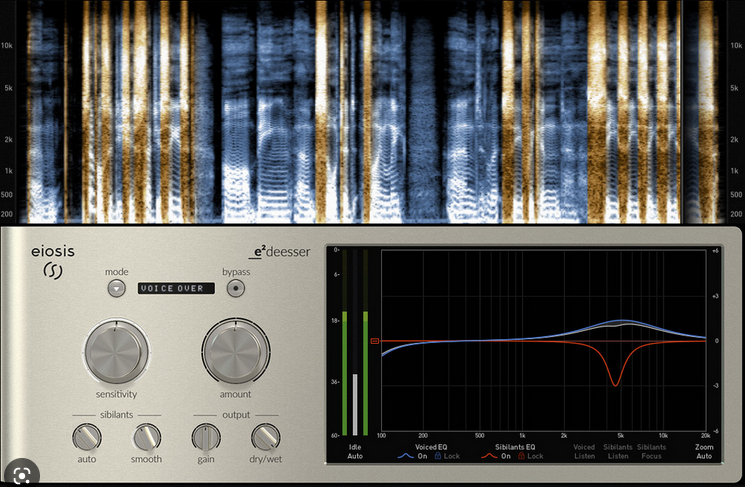A De-esser is a type of audio processing tool that is used to reduce or eliminate sibilance, which is the excessive "s" and "sh" sounds in a vocal recording. It's a common issue when recording vocals and can make the recording sound harsh and unpleasant.
De-essers work by analyzing the audio signal and identifying the frequency range where sibilance is occurring, then reducing or eliminating that frequency range. They typically have a few key controls that allow you to adjust how they operate:
- Threshold: This controls the level at which the De-esser starts to reduce the sibilant frequency range. By adjusting this knob, you can set the point at which the De-esser begins to take effect.
- Ratio: This controls how much reduction is applied to the sibilant frequency range. A higher ratio means more reduction, while a lower ratio means less reduction.
- Frequency: This control allows you to adjust the frequency range that the De-esser is targeting. This is useful because different voices can have different sibilant ranges.
- Gain: This knob allows you to adjust the overall level of the audio once the De-esser has processed it.
You can place the De-esser on the channel of the audio you want to process in your DAW, and adjust the knobs to reduce the harshness of the sibilance while maintaining the quality of the recording.



